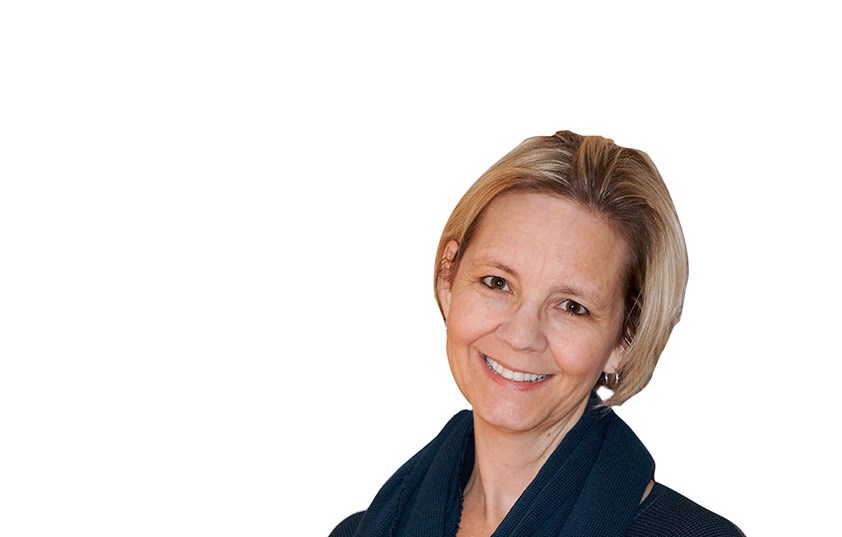No, you can’t read a copy of the story before it is published.
Every profession has its set of ethics – rules – that may not always be obvious to the public.
Hershey’s, the chocolate company, has a 44-page ethics guide for employees replete with gigantic pictures of Kit Kats and the like, mostly filled with rules you would expect from a candy hawker, such as don’t make claims the item has properties that it doesn’t. Eating Reese’s isn’t a sure fire way to lose weight, in other words.
Journalists have rules too (I heard that scoff!) and lately it seems in Squamish there is a disconnect between news rules and what is expected from those of us who deliver it.
We ethically cannot share stories with sources before publication because, if we did, why would you, our readers, trust us? Imagine we were writing about Donald Trump, but we sent him a copy to proof first – you see our point?
Of course our sources are great people, but the rule is there to protect the process from influence.
We also, by design, don’t have much to do with advertising.
There is a strong separation between what the sales team does and what news writers do. This is because, again, if we were influenced by who advertises with us or doesn’t that could impact our coverage and readers wouldn’t trust us. Don’t get me wrong, we love our advertisers. They are community builders and may end up in a story if they do something newsworthy, but we don’t write about them because they place an ad.
Now, let’s clarify the components of news. Columns are opinion pieces written to express one writer’s point of view. News stories inform about something that has happened, is happening or will happen – and they are objective.
Editorials are the opinion of the editor – thus the name. We started labeling online articles in The Chief in capital letters – COLUMN, EDITORIAL – to bring clarity for readers.
People love to hate the media these days and I get that. But it is not hyperbole to say media literacy really matters. After all, “freedom of the press” is embedded into the Canadian Charter of Rights and Freedoms.
But how will you know if the press is truly free and transparent if you don’t know what our rules are?



